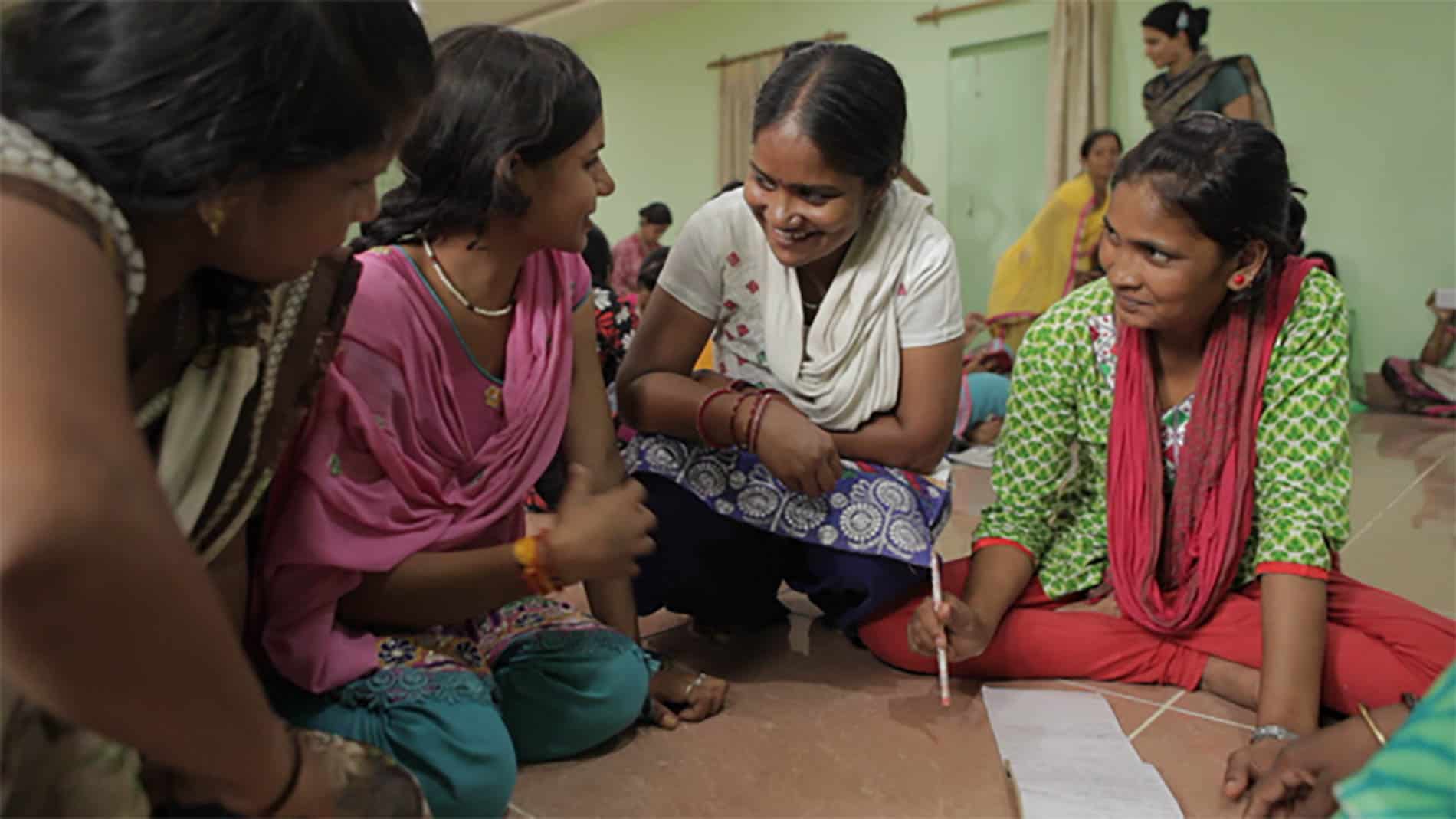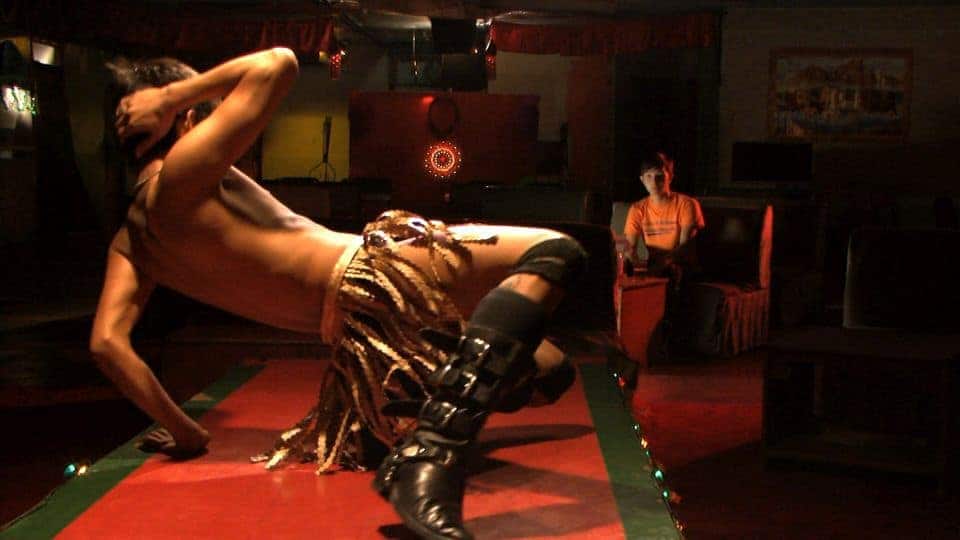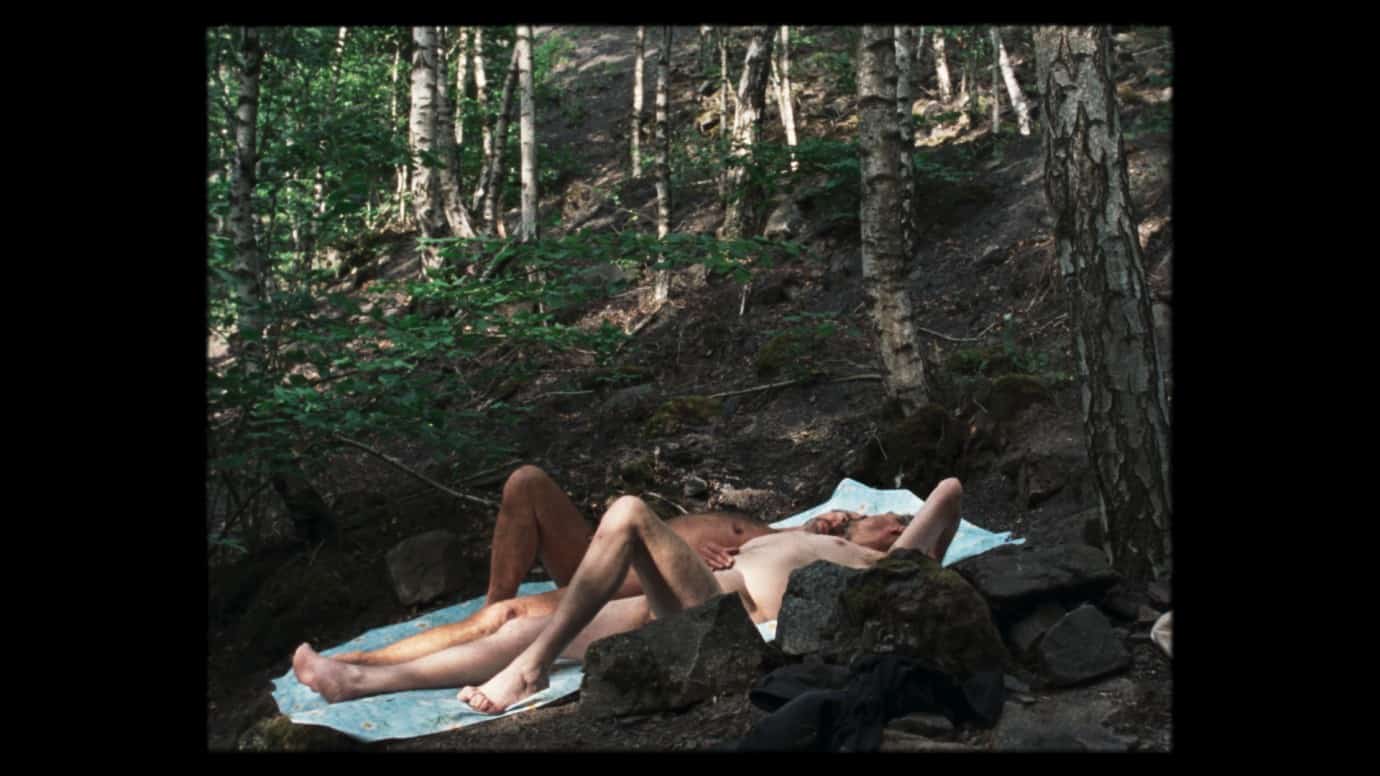Sundance Institute Stories of Change fellow Rintu Thomas returns to the festival with Sushmit Ghosh, premiering their stunning World Cinema – Documentary entry, “Writing with Fire.” This Indian production marks a series of breakthroughs: it (1) covers a group of India's first women-run news outlet, Khabar Lahariya, which (2) consists only of Dalit (“Untouchable”) women, and furthermore (3) marks Thomas' first feature. It is small wonder then, that “Writing with Fire” should receive such a warm welcome with the Audience Award on Tuesday night,
Writing with Fire screened at Sundance

“Writing with Fire” starts at Khabar Lahariya's 15-year anniversary. Until now, the newspaper has been run as exactly that – a paper – but editor-in-chief Meera insists that her team must make the shift online. There is only one problem, however: most of her team is digitally illiterate. One woman cannot navigate her English-language phone; another does not have electricity at home; and yet another is simply terrified of using a corded telephone on the regular. The journalists persist however, expanding into their own Youtube mini-docs, talk shows, and more. This courage spills over into their own coverage, as well; as populist political movements gain traction, the group remains stalwartly critical of the rise of the Hindu right.
It is hard to believe how solidly feel-good Khabar Lahariya's story turns out to be, since it narratively checks all the boxes: the news outlet starts with society's “underdogs” (the lede); they overcome various structural challenges (conflict); and, moreover, they thrive despite their societal disadvantages (the resolution). Thomas and Gosh excel in streamlining the essentials about Khabar Lahariya's story, writing an easily-readable film.
The seemingly formulaic documentary miraculously still does, however, allow room for the story to tell itself; the film rides on primary sources rather than voiceover narration. With an emphasis on direct interviews and Youtube comments, the film engages in a unique feedback loop with the outlet's journalists, the journalists' subjects, and the journalists' audience. As Thomas-Ghosh seldom intervene in their documentary, they too recede into the background. The film ultimately practices journalistic practices to tell its journalistic story, adopting the Khabar Lahariya's practice in its very form.

The film's readability furthers with its relatability. Editor-in-chief Meera struggles with her various identities as a married woman with an education — and now a job. Her undying fervor to grow her team despite her husband's disapproval emits an awe-inspiring feminist move within the home. Thomas-Ghosh's inclusion of other stories, like that of Suneeta's — an aspiring journalist who grows more confident over time — also provides a warm alternative to Meera's powerhouse energy. It is only surprising then that, aside from interviews between the journalists and others in their community, the documentary seldom touches upon the womens' Dalit identity. The primary signifier of oppression here is not of being an Untouchable, but of being a woman. But perhaps this too adds to the documentary's universal relatability.
All in all, “Writing with Fire” is — well — important. The film underscores the privilege and precarity of women journalists in India, and further invites its viewers to re-examine their own positionality in the Western world. “Writing with Fire” is as informative as it is inspiring, and is a sure crowd-pleaser upon viewing.
“Writing with Fire” was produced by Black Ticket Films.















